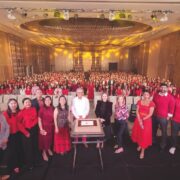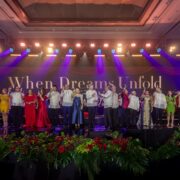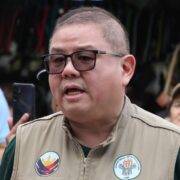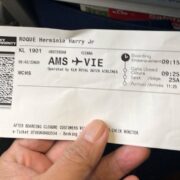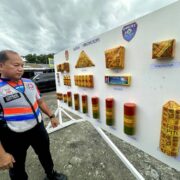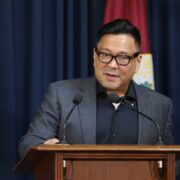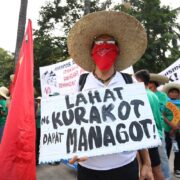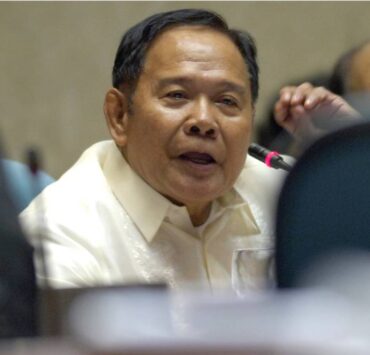Juvenal Sansó, war survivor, ‘solitary voyager’ in art; 95
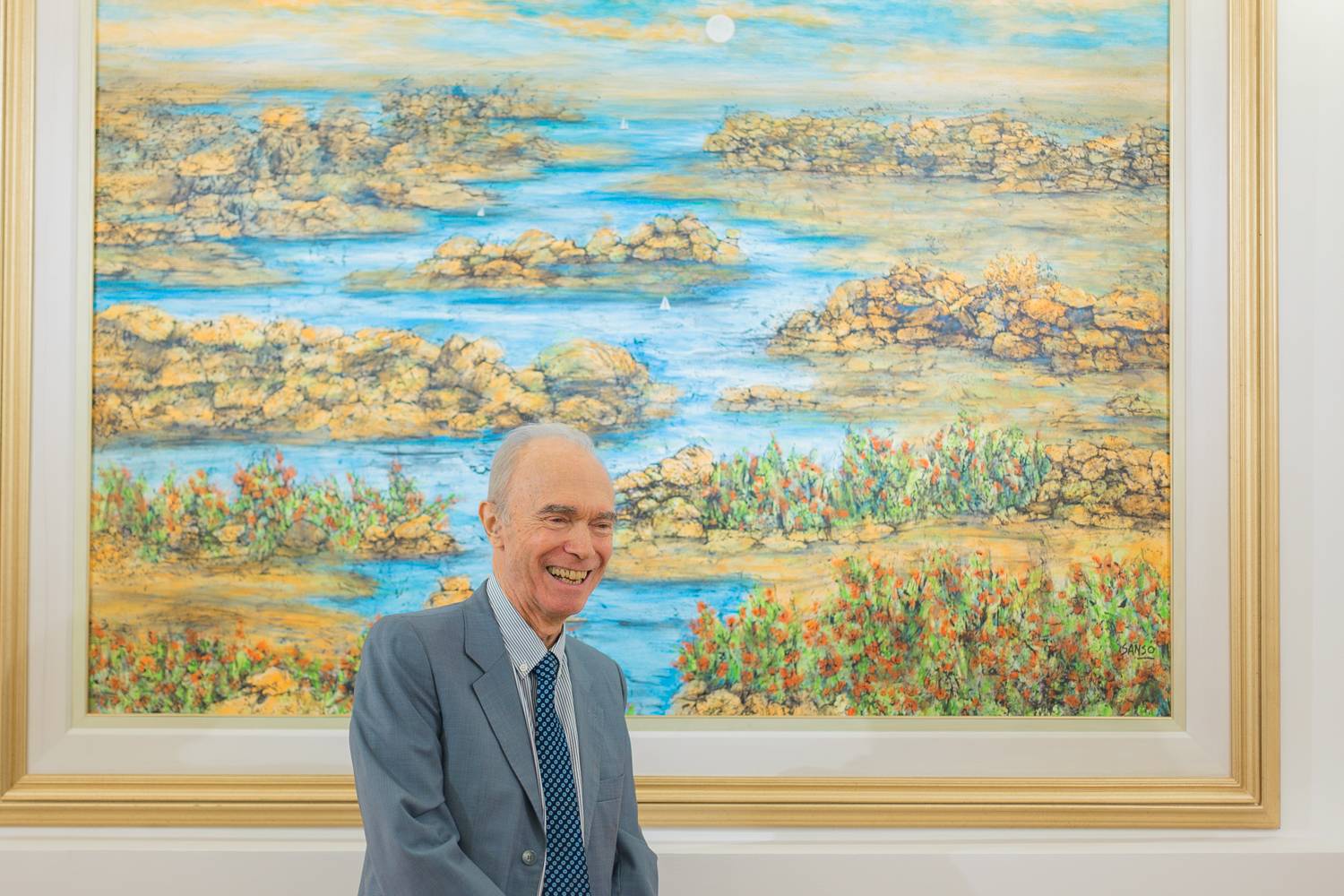
Juvenal Sansó, who died on March 28 at the age of 95, will always be hailed as one of the country’s leading modernists, an artist much admired for his distinct, almost otherworldly expressionist paintings, landscapes, floral paintings and series on Brittany—the French region where he found inspiration and solace from his experience in war.
Born in Reus, Spain, on Nov. 23, 1929, Sansó was only 5 when his family moved to the Philippines in 1934 amid the events leading to the Spanish Civil War.
In the family’s new home in Manila, the blond and blue-eyed young Sansó learned to speak Tagalog fluently, forming many lasting friendships with boys his age, SM founder Henry Sy among them.
He spent his childhood in the district of Paco, then the neighborhood of Supreme Court justices and other leading figures in the judiciary, and joined family outings to Montalban or swam in the Pasig River together with other children, as Rizal’s youth did in their time.
He was barely in his teens when the family would again be confronted by war. Sansó narrowly survived the horrors of the Pacific War which scarred him physically and emotionally.
In a 2013 interview with the Inquirer, he noted the war’s impact on him as a person and as an artist.
“Because of the war, everyone sort of saw the other side of humanity,” he said. “I was tortured by the Japanese. This was why early in my career I painted a lot of dramatic, dark subjects. This is why I could not go around being an Amorsolo, painting beautiful things,” he said, referring to a mentor of his later on, National Artist Fernando Amorsolo.
“My art really gives a picture of what’s going on inside [of me]. I really had to spew out my feelings,” he said.
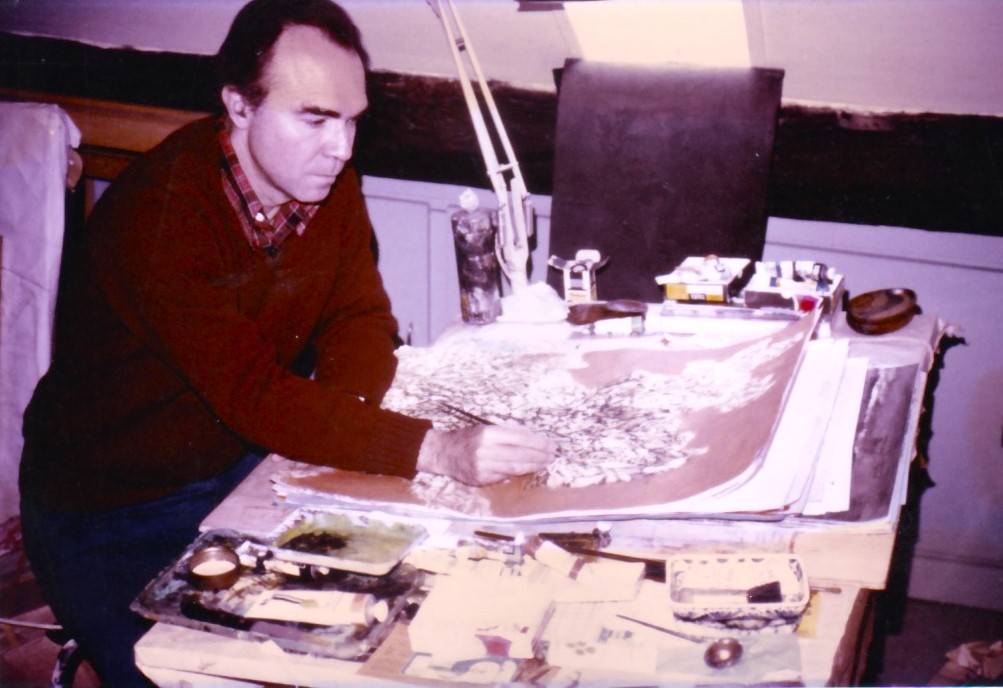
Mentors, accolades
After the war, Sansó studied painting under Alejandro Celis, then took up Fine Arts at the University of the Philippines where he was taught by Irineo Miranda, the classical realist who would later be known as the “dean of Philippine cartoonists,” and by Amorsolo and Guillermo Tolentino, who would also later be named national artist.
He discovered modernism by sitting in on the classes of Cesar Legaspi, Galo Ocampo, and Antonio Garcia-Llamas at the University of Santo Tomas.
Soon after, the prolific Sansó garnered awards at the Art Association of the Philippines and at the Shell National Students Art Competition. He then pursued further studies at the Accademia di Belle Arti di Roma in Italy and at the École nationale supérieure des Beaux-Arts in Paris.
He exhibited in Paris, Rome and London, was represented in prestigious museums and institutions in the Philippines and abroad; and participated in multiple one-man shows, including a jubilee retrospective at the Cultural Center of the Philippines and other major exhibits looking back to his long and productive career.
He received important state recognitions, including the Presidential Medal of Merit from the Republic of the Philippines in 2006, the Distinguished King’s Cross of Isabela by King Juan Carlos I of Spain in 2007, and the Chevalier de l’Ordre des Arts et des Lettres by the Republic of France in 2008.
Imparting a legacy
Sansó didn’t just paint. His body of works spans illustration, printmaking and etching, textile design, costume and stage design, and photography.
In his twilight years, he expressed a desire to create a foundation that would not only conserve his artistic contributions but support emerging young artists.
“My aim is really education. I want to help younger people. Hopefully, Fundación Sansó can provide art education to the art-loving public as well as scholarships to deserving artists,” he said in the same Inquirer interview, referring to the nonprofit art foundation, archives collection and library that he established.
“But we’re also planning a museum. I want it very much, of course. There are many possibilities. I can put drawings, etchings, expressionist works, and my other paintings… I have actually kept a number of pieces from the different stages of my life, which I would like to leave with the museum,” he said.
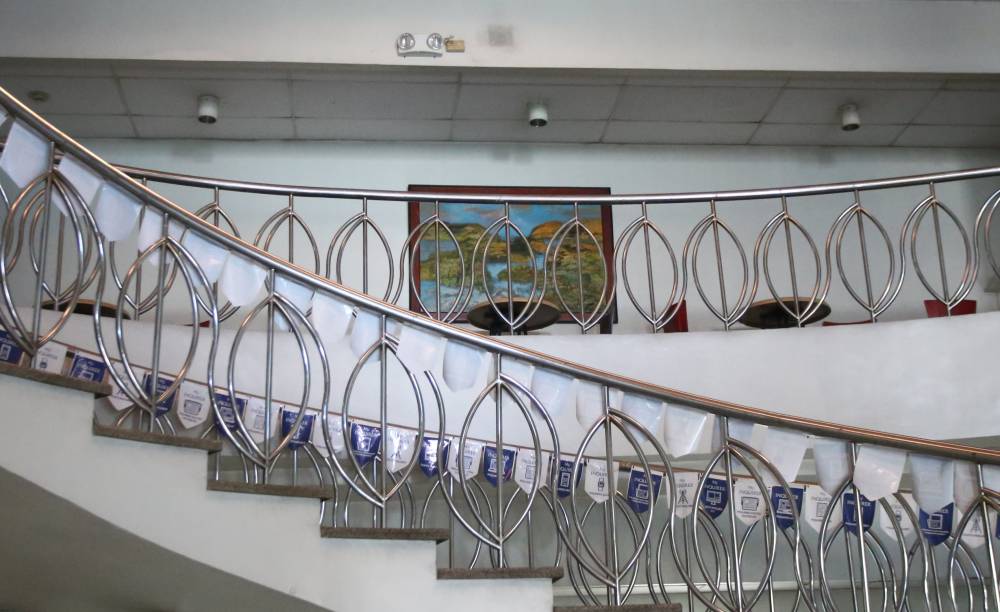
‘A model to emulate’
Sansó never envisioned himself to be a force in the art community, but he enjoyed making art so much that it became the primary outlet of his personal expression amid triumph, tragedy and everything in between.
The late art historian Rod Paras-Perez once wrote about Sansó that he “believes that the act of painting is an intimate, private confession. The audience is always, for him, an intrusive eavesdropper… It is the point in Sansó’s solitary voyage to the self.”
As the artist once told the Inquirer: “I can say I definitely paint from the heart.”
Art scholar and curator Dindin de Borja Araneta said “No one else had [Sansó’s] distinct style.” She recalled a 1949 landscape painting she saw from a collector in his nineties which she said was unmistakably Sansó.
To emphasize his continuing significance to today’s artists, Araneta cites a current project like the campus exhibition in partnership with Fundación Sansó at the St. Benilde School of Design and Arts, where she heads the Arts Management Department.
She also credits Sansó for being his own good manager. “He was able to organize his estate for people to take care of his works, his legacy,” Araneta said. “I think that’s a model for artists to emulate.”
Curator Cocoy Lumbao Jr. said, “Juvenal Sanso will forever be remembered in the Philippines’ own art history as the painter who transformed the bright, tropical landscapes into his own expressionist vision, shifting his view from the idyllic and the pastoral to the desolate, surreal, and poetic.”
“Although revered for his later drawings of flowers and landscape, one of Sansó’s most important contributions, aside from his charitable legacy, is his depiction of the cruelties of war and its aftermath, and its effects on the way we see the world through art,” said Lumbao, who also teaches art history.
Sansó is survived by his niece, Carmen Montes.
There will be a public viewing at Chapels 7 and 8 of the Heritage Memorial Park in Taguig City on April 1 and 2. The wake is from 2 p.m. to 10 p.m. Mass is at 7 p.m.

